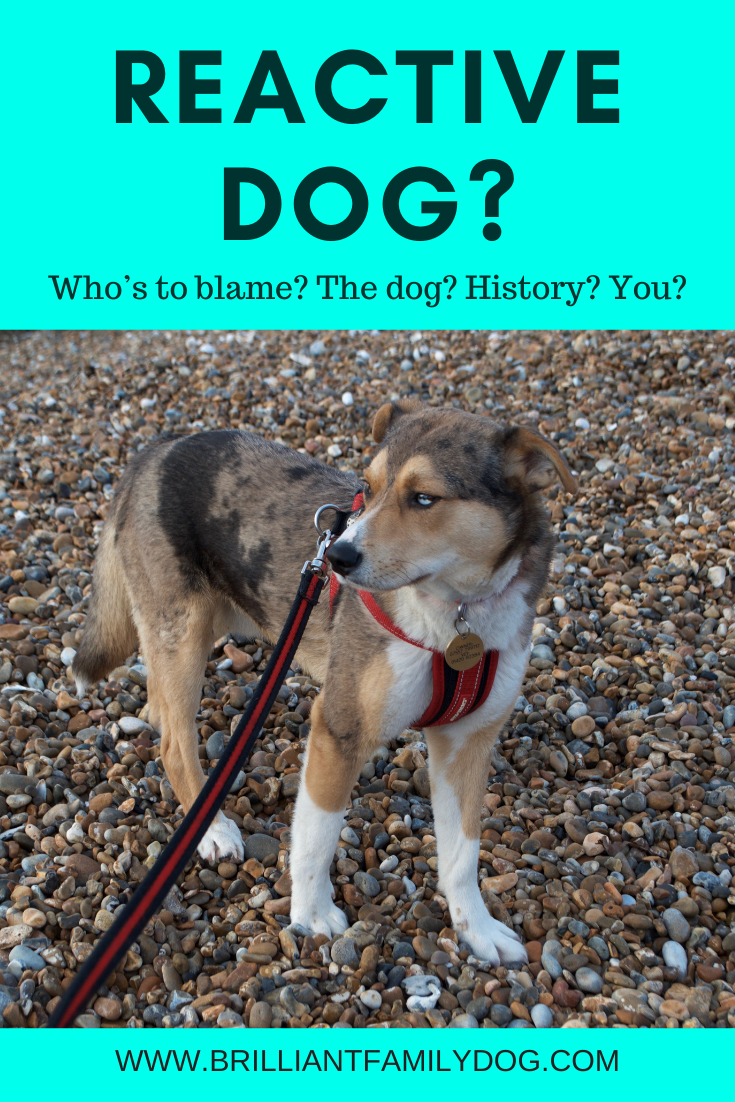Want to know your biggest mistake?
It's thinking your difficult dog's behaviour is All. Your. Fault.
Don't you know that blaming yourself is not going to help one bit? or blaming the shelter, that dog in the park, your family, or your dog!
The only thing that will move you forward is understanding. Understanding what's going on with your Growly Dog, and knowledge. Knowing how to change it.
It's really as simple as that!
Loadsa money
But people try to make it appear complex and difficult, to make you think you can't do it on your own, that you have to pay them loadsa money to do things to your dog, giving you methods without explaining anything to you - the person the dog lives with! - as if your dog is broken and needs fixing.
Some trainers will suggest methods that go against your better judgment, your heart.
You got your dog as a companion, to love, to nurture, to share your life - not to punish and abuse.
I'm here to tell you that it is all absolutely unnecessary
There's no need to resort to mediaeval practices - things that are not allowed to be done to people! - in order to get your dog to behave.
In fact, the longer you're asking whywhywhy, beating yourself up, questioning yourself, and trying to put extreme tactics in place, the longer your dog will remain unchanged.
Some of the things you'll be told to do to your dog will actually make her worse. You see, many people, including - sadly - many so-called "dog trainers", think that your dog is being difficult, stubborn, aggressive, wilful - you name it.
Whereas in fact your dog is just AFRAID!
Your dog is not bad, she’s just afraid.
Do things look different now?
Suppose that you were afraid of spiders. If I shut you in a room full of spiders would you be LESS afraid, or confirmed in your belief that spiders are all BAD?
I know how I’d feel!
But you’ll be relieved to know that you can carry on loving your dog.
You can continue to see her as your companion. Someone to look after and protect.
And you can still get the change you want, so that your dog - whether anxious, hyper, shy, aggressive - or just plain GROWLY - can become easier to walk, easier to handle, easier to trust - easier to love again.
Hear what Elle said about her damaged rescue dog who was getting steadily worse with several dog trainers:
“Thanks to you and your thorough, kind, humane and effective methods, we have come a long, long way. I never dreamed that we would have been able to come as far as we have. I am thrilled.
Thanks to you, we are a beautiful work in progress and we have been able to establish an abiding, deep, and loving bond of trust which brings us joy each and every day…”
Want to restore your bond of trust with your dog and make it “abiding, deep, loving, and joyful”?
I’ll be bringing you more over the upcoming weeks, so stay tuned.
We can do this together!






